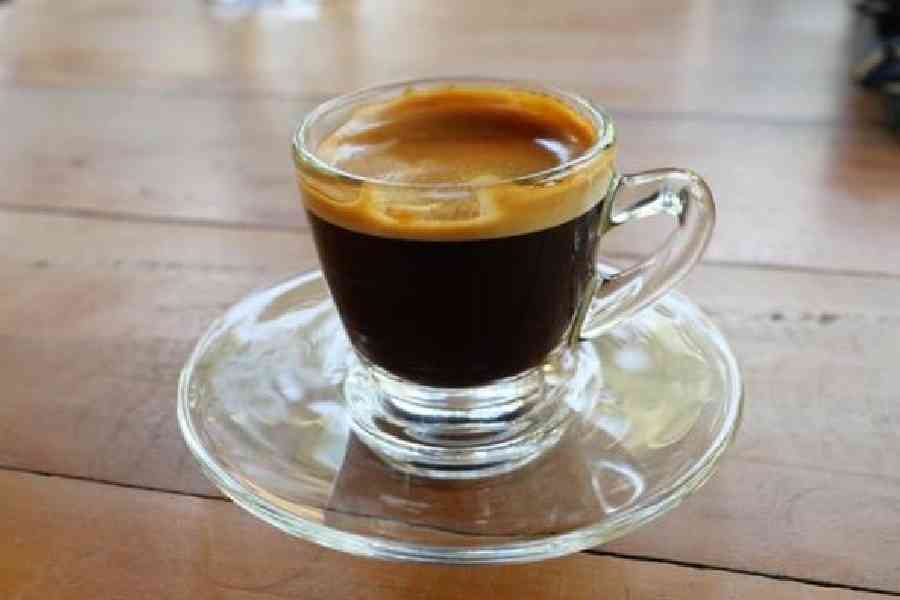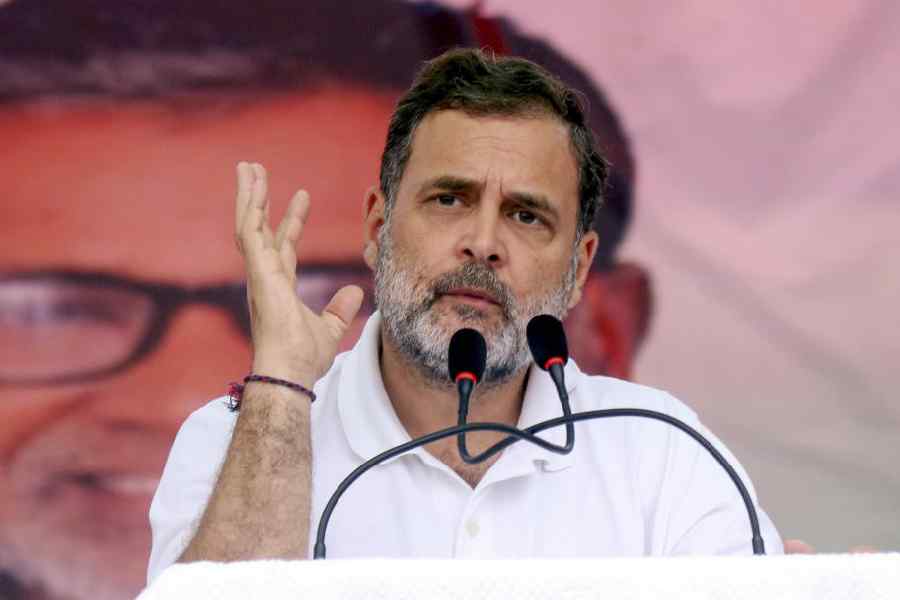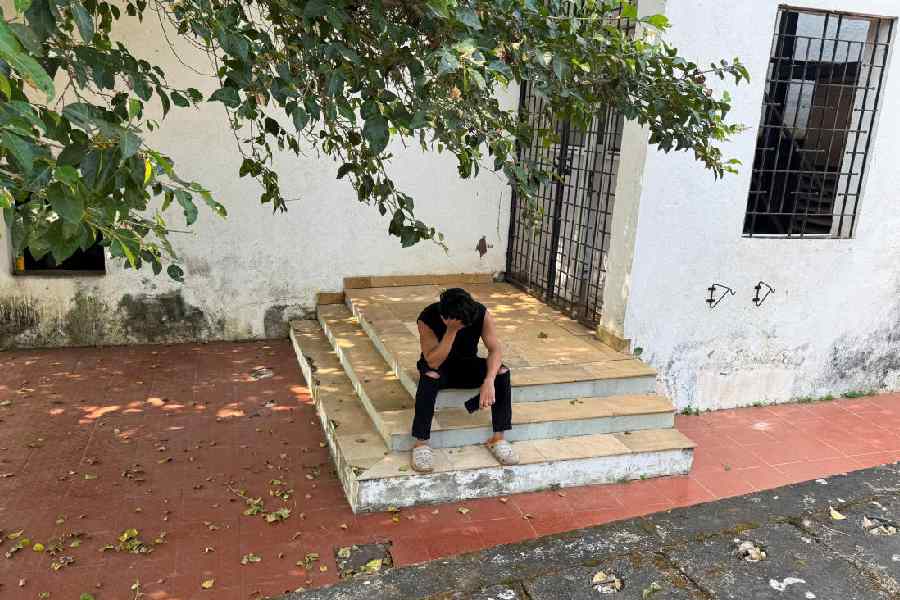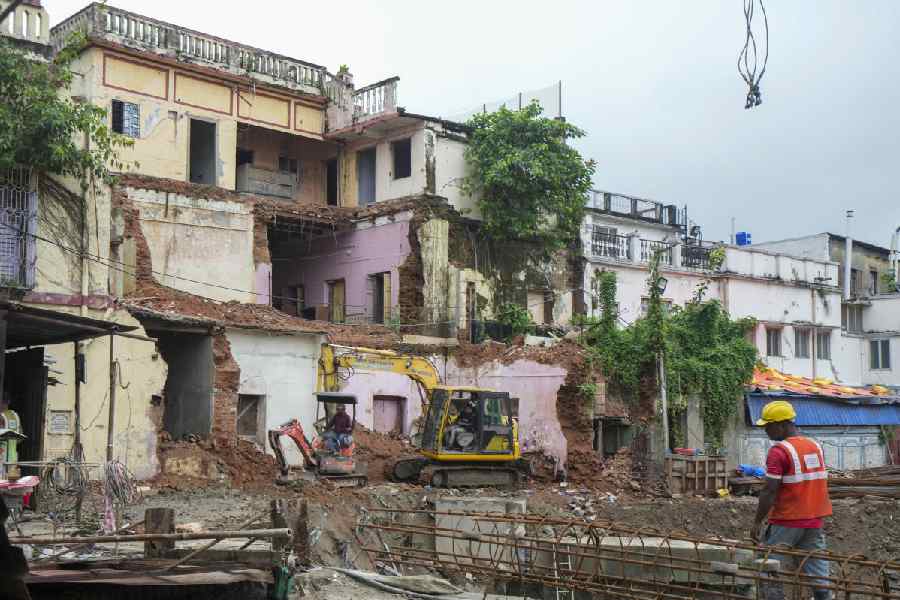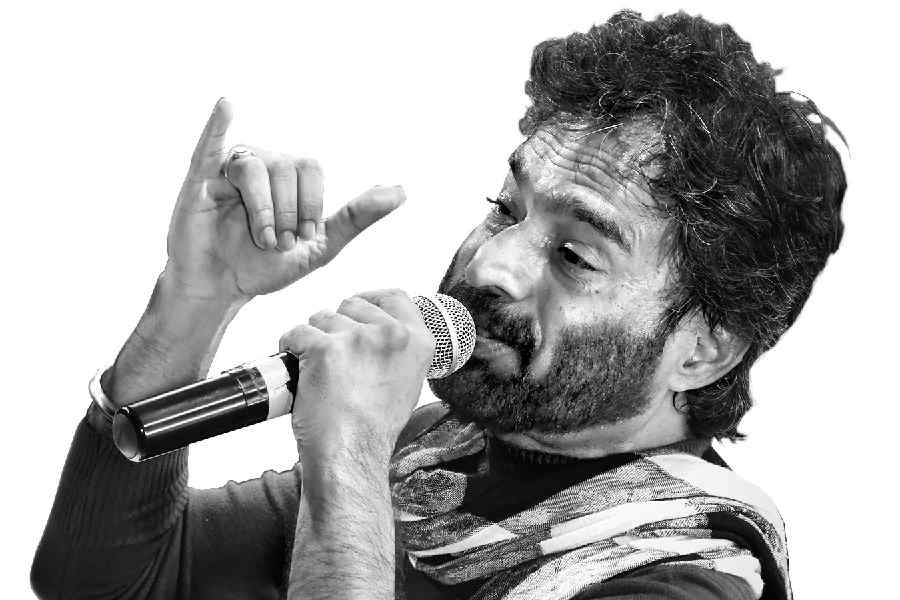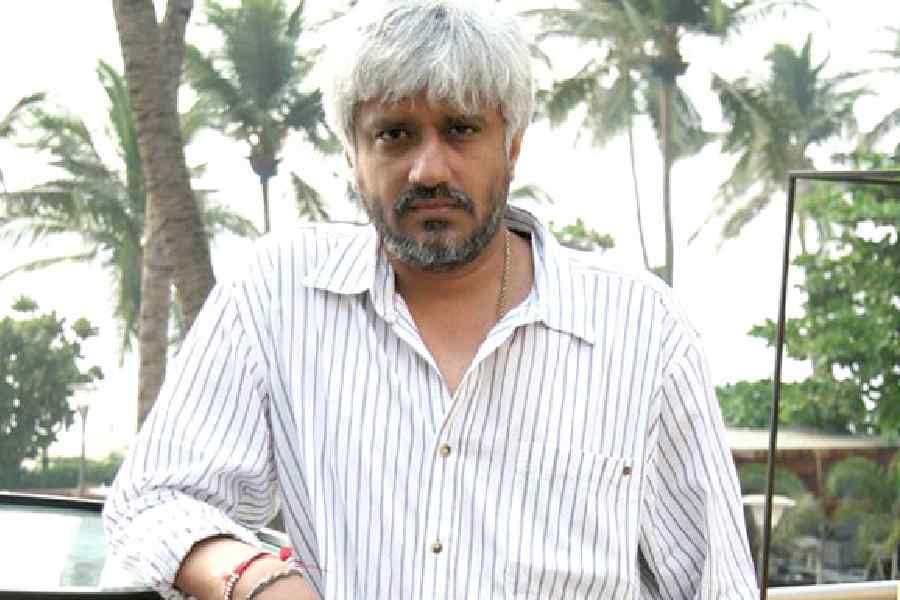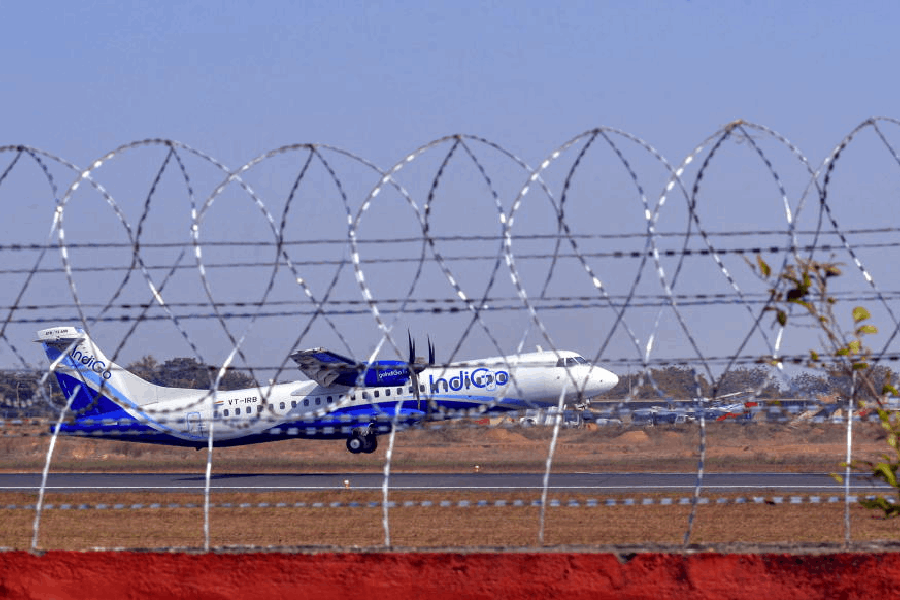Andrea Consilvio did something this spring that he called “a little crazy”. He bought an old and well-known coffee bar in the northwestern Italian city of Turin, his hometown.
Brewing coffee for coffee-obsessed Italians, the people who invented espresso and the commercial machines and stovetop pots to make it, might hardly seem like a leap of faith. Nearly three-quarters of Italians drink coffee — by which they almost always mean espresso — at least once a day. Most Italians consider their daily coffee ritual to be sacrosanct.
Yet they also expect their coffee to be cheap, available for little more than pocket change at any bar counter in the country. And that, amid a global jump in coffee bean prices caused in part by trade disruptions and climate change, has set off simmering anxiety among Italians. They worry that higher costs could push up retail prices and unsettle a part of the food and beverage economy that feels distinctively Italian.
Among the most worried: the owners of the country’s ubiquitous coffee bars.
“The world of coffee is changing,” said Consilvio. “If prices continue to increase, it could become a serious danger” to both livelihoods and tradition. Luigi Morello, the president of the Italian Espresso National Institute, which safeguards the quality of Italian espresso (it should be hazel brown to dark brown, with foam, among other things), said higher coffee prices had “rightfully alarmed” consumers. “The whole supply chain is in crisis,” he said.
Italy once designated espresso a necessity by law. Just before World War I, the Italian government allowed municipalities to set price controls for basic needs. That included bread, but also coffee served at the bar counter, without table service.
Such price controls “protected neighbourhood bars for a long time”, said Jonathan Morris, a coffee historian at the University of Hertfordshire in England. “That’s why no one really ever set up coffee chains in Italy.” Even after the controls were lifted, prices remained low, with few bar owners willing to test whether higher prices would push their customers toward the nearest competitor, usually no more than a block or two away. “There is a kind of communism,” Morello said, “when actually one should pay for the quality one receives.”
The makeup of the traditional Italian espresso, a brew of darkly roasted arabica and robusta beans, also helped keep prices low, Dr Morris said. As arabica bean prices rose, some Italian producers increased the proportion of cheaper robusta beans in their coffee blends, but that formula was no longer as effective when robusta prices also surged, he said.
An espresso in Italy averaged €1.16, or about $1.36, as of the latest analysis this year by Assoutenti, a non-profit consumer rights organisation, with the lowest average prices found in southern Italy. The national average in January was up about 11.5 per cent from two years earlier, the analysis found, though Italy still sells some of the cheapest espressos in western Europe.
Coffee bean prices have come down somewhat from their peak earlier in the year. But they remain higher than before the surge, and experts fear extreme weather will continue to shrink global supply and keep prices high for roasters, bars and consumers. US tariffs on coffee-producing countries, like Brazil, could drive up prices further.
New York Times News Service

